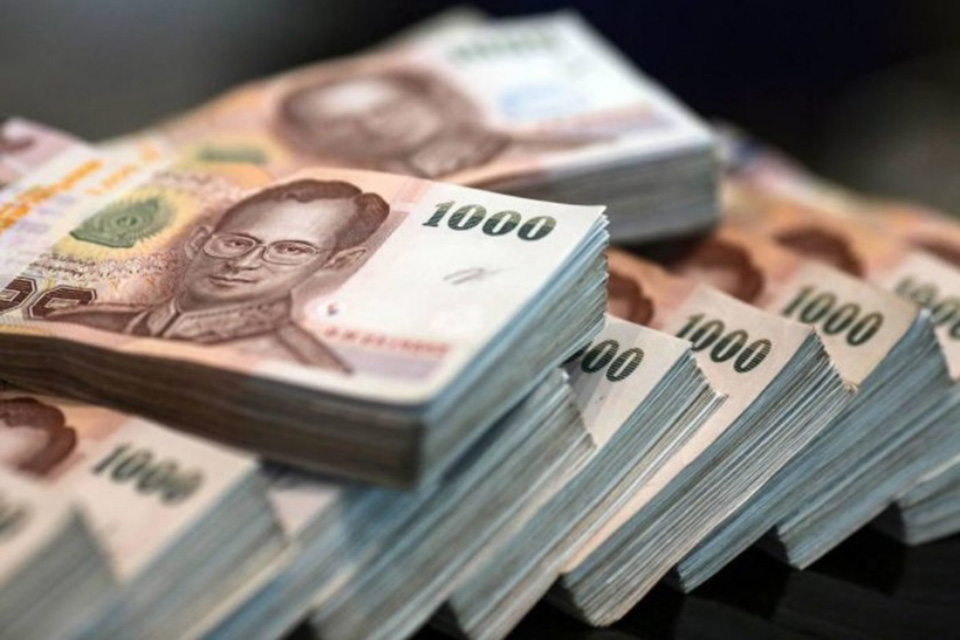
BANGKOK, Thailand – Kasikorn Research Center reported that the Thai baht was trading at approximately 33.53-33.55 baht per U.S. dollar this morning September 6 (9:47 AM), compared to yesterday’s closing level of 33.67 baht. The baht reached its strongest level in nearly 16 months, at 33.54 baht per dollar. Meanwhile, the U.S. dollar has continued to weaken due to declining U.S. bond yields. Mixed economic data from the U.S. last night showed stronger-than-expected ISM services data and lower weekly jobless claims but weaker private sector job growth in August, which was revised down for the previous month.
Kasikorn Research Center estimates today’s baht trading range to be between 33.45 and 33.70 baht per dollar. Key factors to watch include foreign capital flows, global gold prices, the Eurozone’s Q2 GDP data, and U.S. labor market figures, particularly non-farm payrolls and the August unemployment rate.
Poon Panichpibool, a strategist at Krungthai Global Markets, stated that the baht has been moving within a sideways range since last night (33.56-33.70 baht per dollar). The baht’s movements have been influenced by fluctuations in the U.S. dollar, U.S. 10-year bond yields, and gold transactions. The baht strengthened closer to the 33.50 baht mark as the dollar weakened and U.S. bond yields dropped following weaker-than-expected ADP private sector employment data for August, which showed an increase of only 99,000 jobs versus the market expectation of over 140,000.
Looking ahead, the baht’s strength may slow near the key support level of 33.50 baht per dollar, as market participants await U.S. employment data, which is expected to be released on Friday. This data will be crucial in determining the Federal Reserve’s future interest rate policy and will impact the direction of the dollar, U.S. bond yields, gold prices, and the baht. (TNA)








